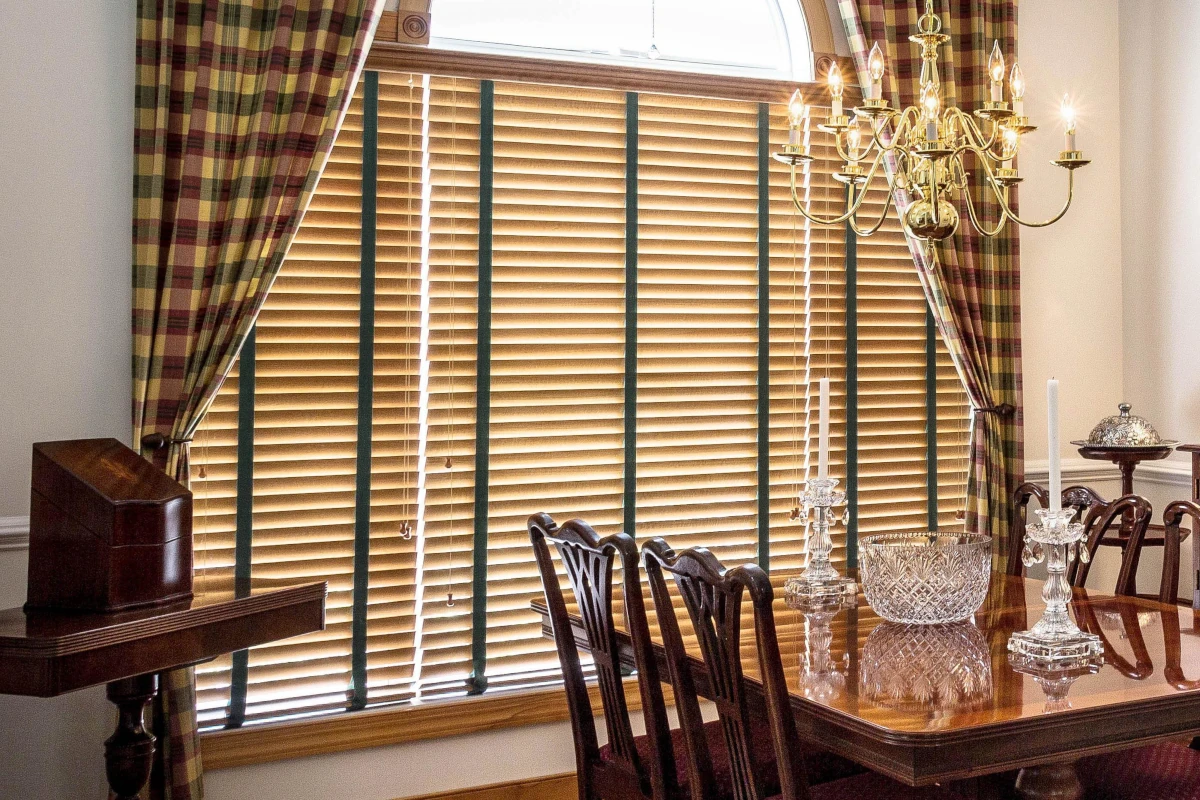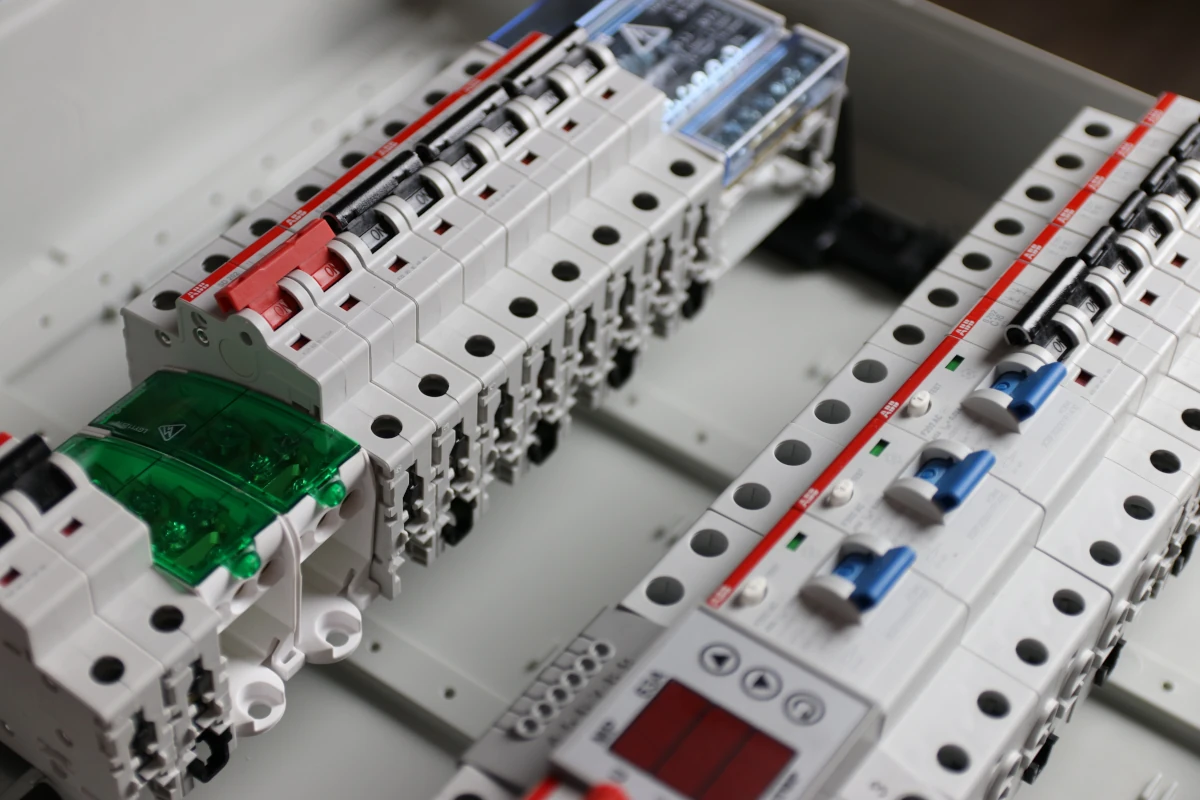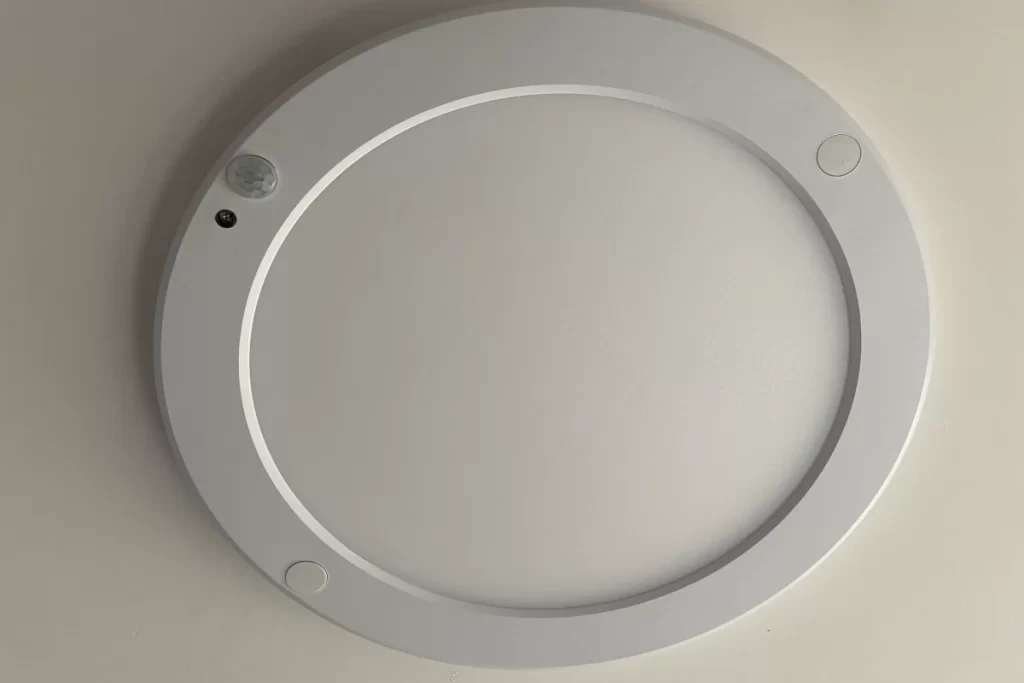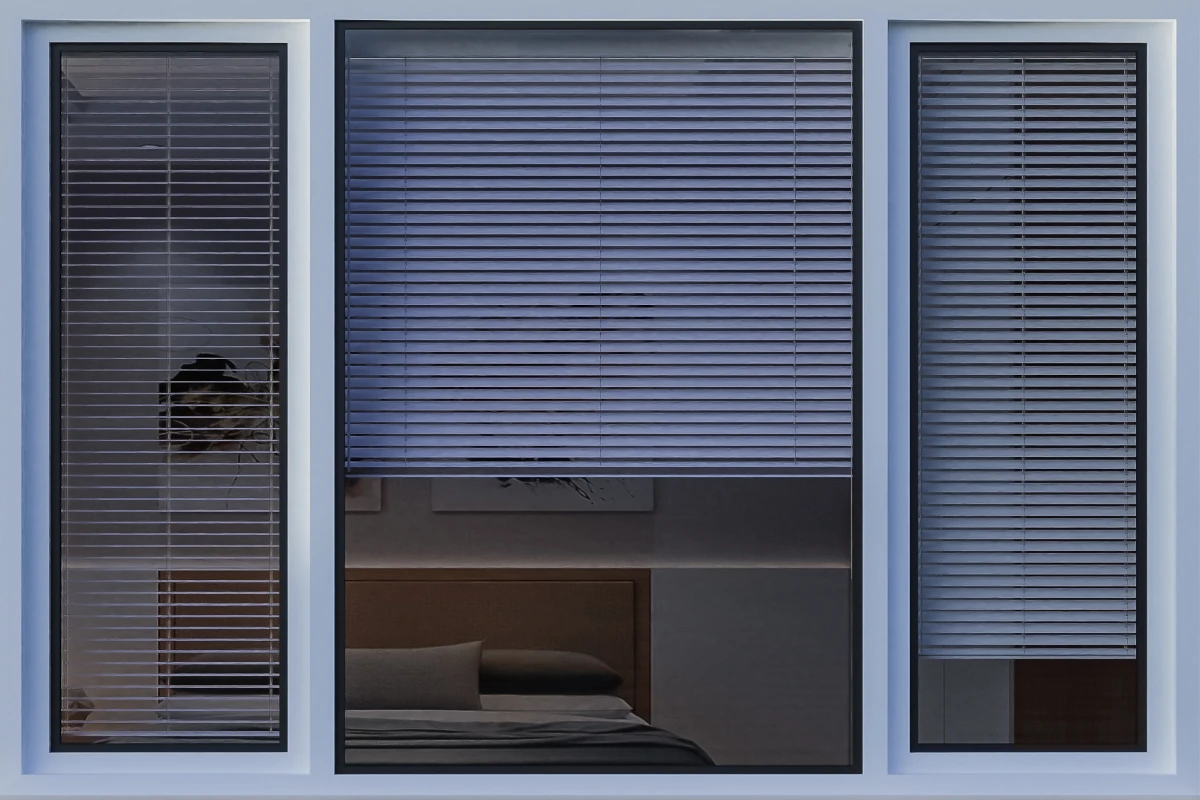Motion sensors have become a popular way to secure your residential property and it plays an important role in saving expensive energy bills.
Motion sensors can be installed on any electrical device but are most popular for turning on lights. These lights are triggered ON when there is a movement once the motion sensor senses a person or an object and automatically turns OFF after a certain period of inactivity.
However, if these lights become static or don’t respond to any movement or activity, you can’t help but wonder why they stay on all the time.
Here’s why the motion sensor light says on all the time
Your motion sensor lights might be on all the time because of improper installation or incorrect settings. Usually, after a prolonged period of use when dust accumulates or if moisture penetrates the sensors, they can become unstable leaving your light on all the time. Power outages and storm damage are other factors that could damage your sensor lights.
- Here's why the motion sensor light says on all the time
- What causes my motion sensor lights to stay on?
- How to fix a motion detector light that never turns off
- When do I have to reset my motion sensor lights?
- How do I disable motion sensor lights?
- Do I turn on my motion sensor lights after disabling them?
- Conclusion
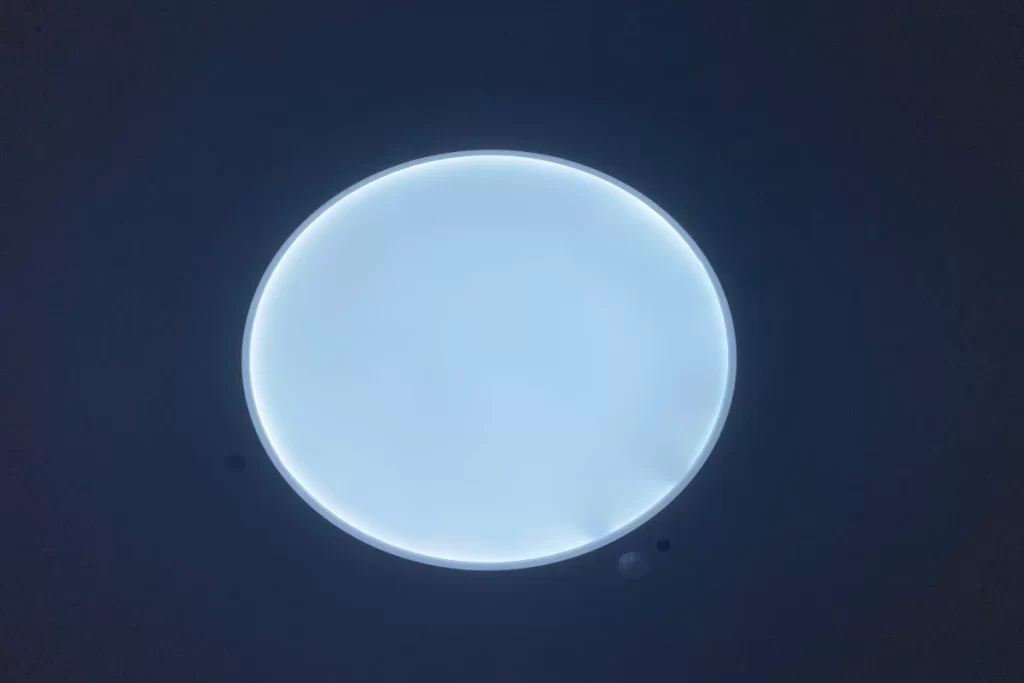
There are numerous ways to fix your light stating on all the time with some basic diagnosis. After determining the cause of your faulty lights, it is very straightforward to fix them.
If you’re wondering how to go about this, please keep reading. This article gives you adequate reasons for the cause of faulty lights and the best ways to fix them.
Related:
- Why Is My Motion Sensor Light Not Working? (Solved)
- Do Motion Sensors Need to Be Cleaned? (Explained)
- How Can I Use Smart Light Without Wi-Fi? (Must Read)
What causes my motion sensor lights to stay on?
It’s no news that motion sensor lights have become vital for securing your residential property and saving energy bills at the same time. They don’t defend your property, but they indicate when a person, animal, or object is close. Thus, they keep you alert for pending danger.
If there’s a fault with these lights, you’ll have to figure out “why” they are faulty.
Below are reasons why your motion sensor lights remain on all the time.
High sensitivity setting
A High sensitivity setting is one of the most common and the least severe problems of sensor lights.
Lights that are overly sensitive to even the slightest events turn on all the time. Such sensitivity makes them pick tiny, insignificant movements like a dust particle dropping on the lights or the wind whooshing past.
Constant wind activity
Your motion sensor light may remain illuminated all the time if you reside in a windy area.
Places like this are prone to constant changes in temperature or electrical damage.
Fixed auto-on
This happens when you don’t set your lights right. Numerous sensor lights come with an automated mode that keeps them on always.
Sometimes, you might turn on this feature and forget they’re on.
You often don’t figure this out early enough and might go checking for the fault somewhere else. Unfortunately, your lights can also become stuck in this mode due to a malfunctioning component.
Extended duration setting
Motions sensor lights usually stay on for a brief period once they’re turned on. This could be as short as 20 – 30 seconds in most cases.
However, you can alter the parameters and extend the duration of the lights if necessary. For instance, several lights come with timers that you can set to last for a few seconds or hours. If you set them for an extended period, it may look as if the light never turns off.
This situation might be alarming, but all you have to do is reset it to default to reduce the time settings.
Faulty switches
If the switch for your motion sensor lights is not working correctly, your motion detector light might remain on. Again, you’ll have to use the best troubleshooting approach to pinpoint the source of a problem.
Now that you understand why your motion sensor lights are continually on, it’s time to figure out how to fix them.
How to fix a motion detector light that never turns off
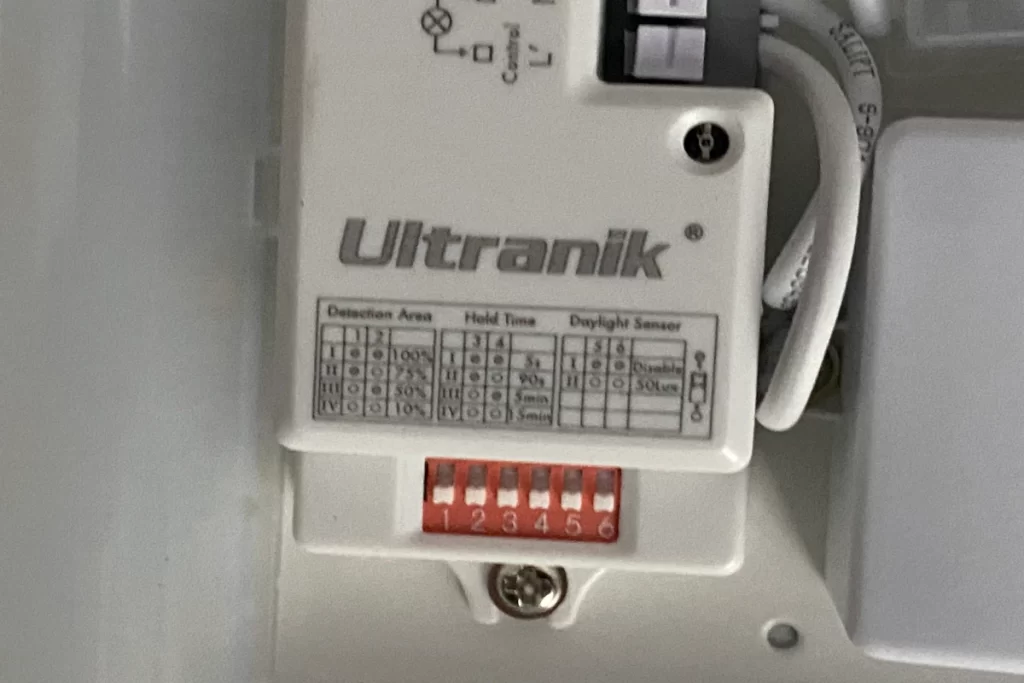
A motion light that remains on doesn’t always demand the services of a professional. Still, it wouldn’t hurt to study the light’s guidebook to become familiar with its features and functions. With this, you have ample knowledge of the fixture before repairing it.
This also gives you an idea of the problems you can fix yourself. If the problems are beyond your expertise, enlist the help of a professional.
Below are a few helpful methods of getting your lights to work as they should.
Perform a sensitivity test on your motion detector
Performing a sensitivity test is the first step to ensure that your lights function correctly. You can easily carry out this test yourself. It only requires you to experiment with different scenarios to see which objects trigger your light to turn on.
A person or an animal can trigger your lights, so perform this test with smaller objects. If the objects it detects are too far, the problem might be from your sensitivity settings. The same thing happens if the object that triggers the lights are too small.
To fix this problem, adjust your sensitivity settings. Then, keep changing it until you find your lights’ perfect settings.
Ensure that the motion detectors are far from any heat sources
The heat from your air conditioner or dryer can activate your lights’ motion sensors, causing them to remain static. Even if these appliances are only a few feet away, the lights might detect the heat signature.
Therefore, place your motion detectors very far away from such appliances.
Turn off the “Trial Mode”
Make sure the timer on your motion detector light switch is not on test mode. If the device is in test mode, the light will remain illuminated.
If you notice that it’s in test mode, move it to the time settings and set it as you prefer.
Changing the configuration of the switch
Before you attempt changing any setting, go through the instruction manual. The problem might seem severe, but the solution might be as easy as turning on or off the switch. Sometimes, you might only have to turn off your house’s power and turn it back on to reset the controls.
You can turn the light switch on and off four times for some settings, stopping each time in the on position. Once the light comes on, turn it off again and give it five to seven seconds.
Then, once again, turn the switch to the “on” position to complete the process. The light should now only come on in reaction to movement instead of when nothing moves.
However, this resetting tip isn’t efficient for all models, or it might require a different procedure.
Some lights, particularly those with a switch on the light itself, have a dusk-to-dawn feature. This means that the light comes on at dusk and turns off during the day. In such a scenario, change the switch’s position so that the light only activates when motion is detected.
Using a breaker to reset the motion detector lights
When a light switch is not available or when that option fails, check the circuit breaker to reset.
The first thing to do is to turn off the circuit breaker. Then, wait for 30 to 60 seconds before switching it on again. After this, test the light to ensure that it’s functioning correctly.
When this fails, you might need to turn the breaker off for an extended period to resolve the problem. This is because it takes longer to reset some lights than others.
The owner’s manual can also shed more light on this resetting procedure.
Replace or repair the light if necessary
If none of the troubleshooting methods works, you might have to purchase a new motion detector light. However, if your light is old or affected by a storm, this is also your best option.
Aside from this, the wrong installation can damage your lights. Thus, ensure that you call a professional to set your motion detector lights.
When do I have to reset my motion sensor lights?
If a person or a moving object enters the view range of the motion sensor, the lights should come on. Over time, or after a power blink, the lights may become less responsive. Other times, they may cease to function entirely.
It may be necessary to do a motion sensor light reset in the following circumstances:
- Large moving objects, such as people or automobiles, don’t cause the light to turn on, off, or flicker.
- When there’s no movement, and the light remains on for an extended period or perhaps permanently. A functional light will go off a few minutes after detecting motion.
Some of these cases might be slight problems, while others require replacing the whole unit.
How do I disable motion sensor lights?
Motion sensor lights can be a hassle. Most times, you might want to turn it off when you feel there’s no need for the lights
Fortunately, disabling these lights is quite simple, thanks to the design of most manufacturers’ products. Depending on your model, you can find an “on time” switch on the fixture.
Change the position of the “on-time” switch. After this, turn off the particular button that controls the light you intend to disable.
Test all switches if you’re unsure which switch controls which light. Once you’re confident about all controls, flip the “on-time” button, and turn off the switch you prefer.
Do I turn on my motion sensor lights after disabling them?
If you want to turn the lights back on after disabling them, you only need to follow a simple process.
First, find the switch controlling the motion sensor lights.
Then, quickly flip it on and off. This way, it automatically resumes its former function.
Once you know all about your lights, it’s easy for you to handle them. Therefore, you don’t have to run to an expert for help when there’s a minor issue. Instead, simply follow some of the troubleshooting instructions to get your lights back.
Conclusion
Motion sensor light can stay on due to incorrect settings and installation. They can also stay on if there is constant movement in front of the motion sensor.
With a professional installer and a good-quality motion sensor, you can avoid the light staying on all the time.

